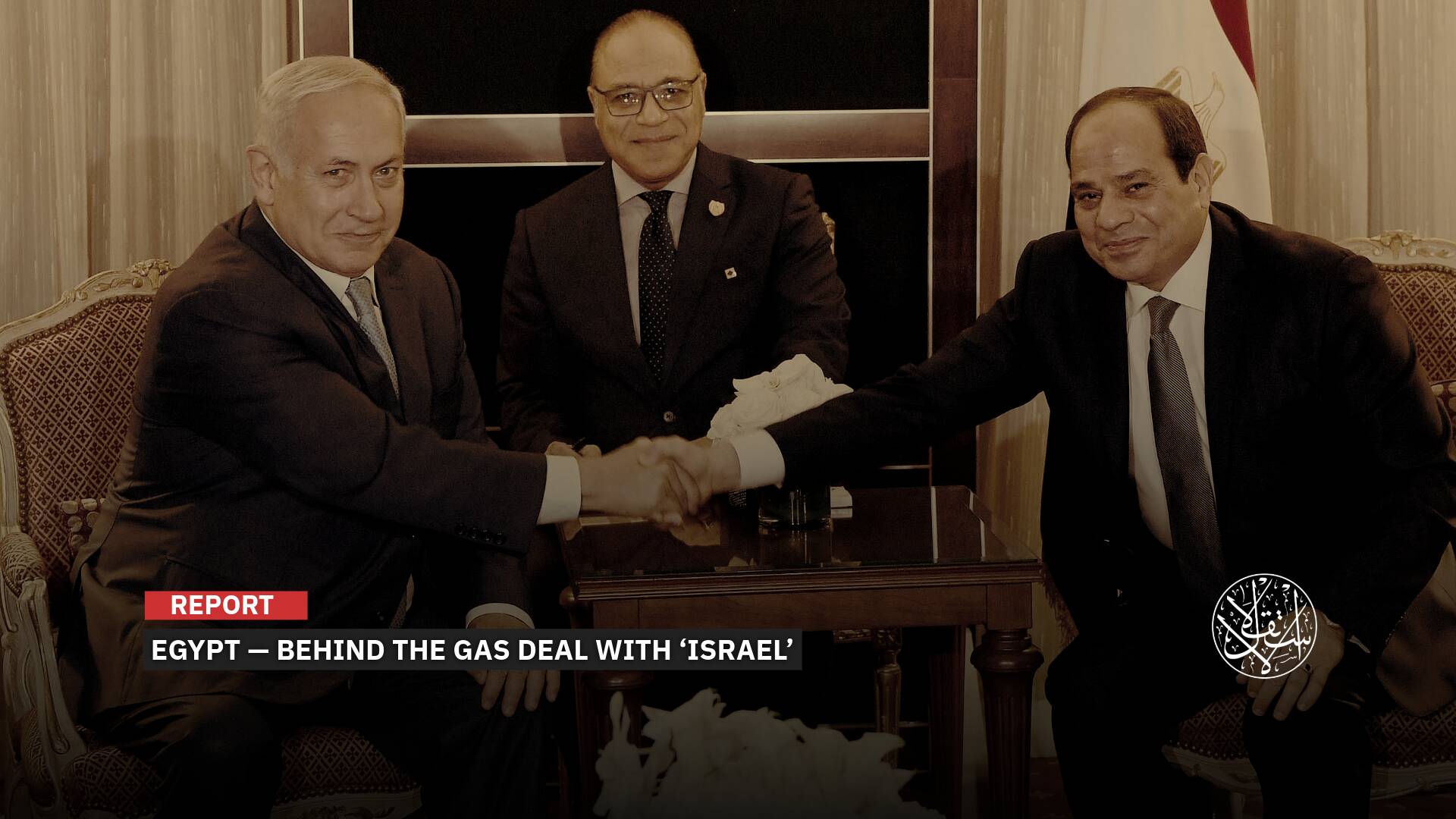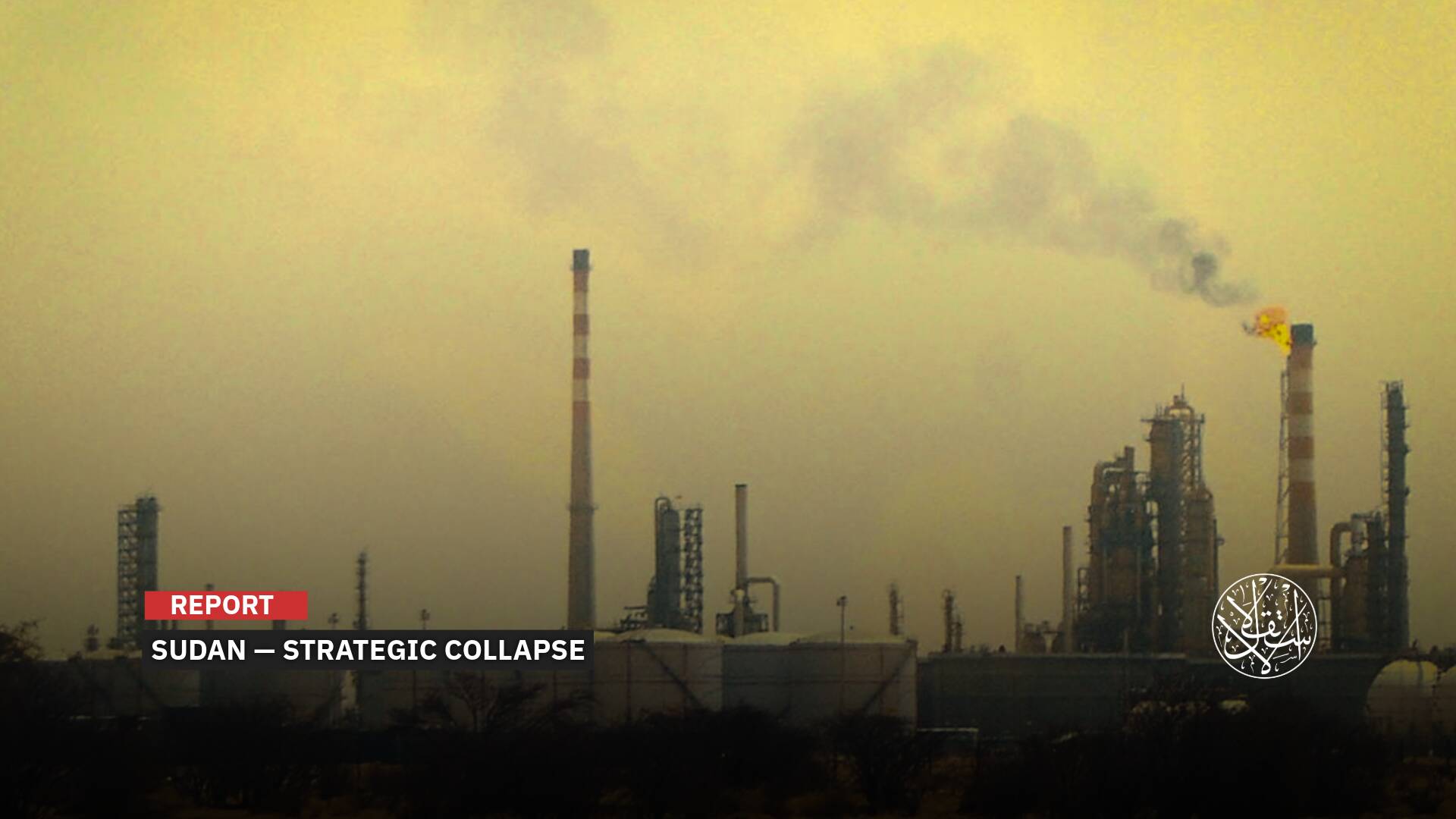Is Russia Ahead of the United States in Exploiting the Moon’s Minerals and Wealth?

A new space race is heating up as Russia launches its first lunar mission in half a century, aiming to explore the Moon’s south pole and its potential resources.
The mission, called Luna-25, blasted off on August 10, 2023, from a Siberian space base, carrying a probe that will spend a year on the lunar surface, collecting and analyzing soil samples and conducting long-term scientific research.
The launch marks a milestone for Russia’s space program, which has lagged behind its rivals in recent years.
The last time Russia sent a spacecraft to the Moon was in 1976 when it landed the Luna-24 probe near the Sea of Crises.
Since then, the United States and China have taken the lead in lunar exploration, sending orbiters, landers, and rovers to study the Moon’s geology, climate, and history.
Lost Prestige
Russia hopes to regain some of its lost prestige with Luna-25, which will touch down in a region that has never been visited by any other nation.
The south pole of the Moon is of particular interest to scientists because it contains craters that are permanently shadowed from the sun, where ice water may exist.
Water is a valuable resource for future human missions to the Moon and beyond, as it can be used for drinking, farming, and producing rocket fuel.
The mission control room at Roscosmos, Russia’s space agency, announced that the Luna-25 probe had activated its scientific instruments and was sending back data.
“All systems of the automatic station are working properly and communication with it is stable, and energy balance is positive,” Roscosmos said in a statement.
“We received the first measurement data for the trip to the Moon, and the scientific team of the project began processing it.”
On August 14, Roscosmos showed images pictured by the Luna-25 mission, stating that “these images show the elements of the device’s design against the background of the Earth, from which we have already departed forever, and against the background of the Moon, to which we will soon arrive,”

Luna-25 is part of a series of planned Russian missions to the Moon, which include orbiters, landers, rovers, and eventually human crews.
Russia also intends to cooperate with other countries, such as China and India, on joint lunar projects.
However, it faces stiff competition from the United States, which has announced its ambition to return astronauts to the Moon by 2024 under the Artemis program.
The Moon, once a symbol of human curiosity and achievement, has become a new frontier for geopolitical rivalry and economic opportunity.
As Neil Armstrong, the first man to walk on the Moon, famously said in 1969: “It’s a small step for a human, but a giant leap for mankind!”
Fierce Race
Russia is aiming to be the first nation to land a probe on the Moon’s south pole as part of its ambitious plan to launch at least three more lunar missions in the next seven years, according to the head of its space program.
Russia could collaborate with China’s space program on a manned lunar mission. However, Russia faces stiff competition from India, which launched its Chandrayaan-3 probe in mid-July last year with the goal of orbiting and landing on the Moon’s southern surface.
India has been pursuing this objective since 2008 when it sent its first lunar orbiter.
China is also eyeing the Moon as a stepping stone for its future space exploration. In July, China unveiled its plan to send astronauts to the Moon by 2030, which would make it the second country to do so after the United States.
Unlike the US Apollo mission, China plans to send its lander and command module separately to lunar orbit.
Zhang Hailian, deputy chief planner at China’s space agency’s engineering office, said that after conducting scientific research and collecting samples, the astronauts will return to their lander and ascend to lunar orbit, where they will meet and dock with their command module for their journey back to Earth.
Hailian added that Chinese researchers are developing a heavy-lift rocket called Long March 10, a new generation of crewed spacecraft, a lunar lander, and a new manned lunar rover for this mission.
Before that, China plans to land its Chang’e probe in 2025, which will be tasked with collecting samples from the far side of the Moon for the first time in human history.
Meanwhile, the United States is preparing to send astronauts to the Moon in 2025 or 2026 as part of its Artemis 3 mission, which aims to explore the Moon’s south pole.
It will rely on SpaceX’s Starship rocket, owned by billionaire Elon Musk, to achieve this feat.
However, some observers believe that the Moon is not the ultimate destination for the U.S. program, as NASA hopes to use it as a testing ground for finding the best ways to live, work and survive in the harsh conditions of outer space, which will pave the way for manned missions to Mars by mid-2030s.

Rich in Minerals
The Moon, Earth’s only natural satellite, has long fascinated humanity with its beauty and mystery. But beyond its aesthetic appeal, the Moon also holds immense potential for scientific and economic exploration.
The lunar surface is rich in precious metals, energy sources, and frozen water, which could enable human settlement and interplanetary travel.
Scientists have discovered evidence of water molecules trapped under the lunar surface, as well as hydrogen in volcanic glass samples collected by the Apollo missions. Water is essential for sustaining life and could also be used to produce rocket fuel.
Another valuable resource on the Moon is helium-3, a rare isotope of helium that could be used for clean nuclear fusion.
The Moon has an estimated one million metric tons of helium-3, which could power the world for thousands of years without producing radioactive waste.
The Moon also contains traces of gold, although the amount and feasibility of mining it are unknown.
More importantly, the Moon has a higher concentration of rare earth metals, which are vital for high-tech industries and renewable energy.
These metals include scandium, yttrium, and lanthanides, which are used in batteries, solar panels, and magnets.
However, extracting these resources from the Moon is not an easy task. It requires advanced mining technologies that can cope with the harsh lunar environment, such as extreme temperature changes and abrasive dust.
Moreover, it raises legal and ethical questions about who owns and regulates the lunar resources.
The Moon is not only a celestial object but also a strategic asset for humanity’s future. As more countries and companies compete for its resources, the Moon may become a new frontier of exploration and innovation.











